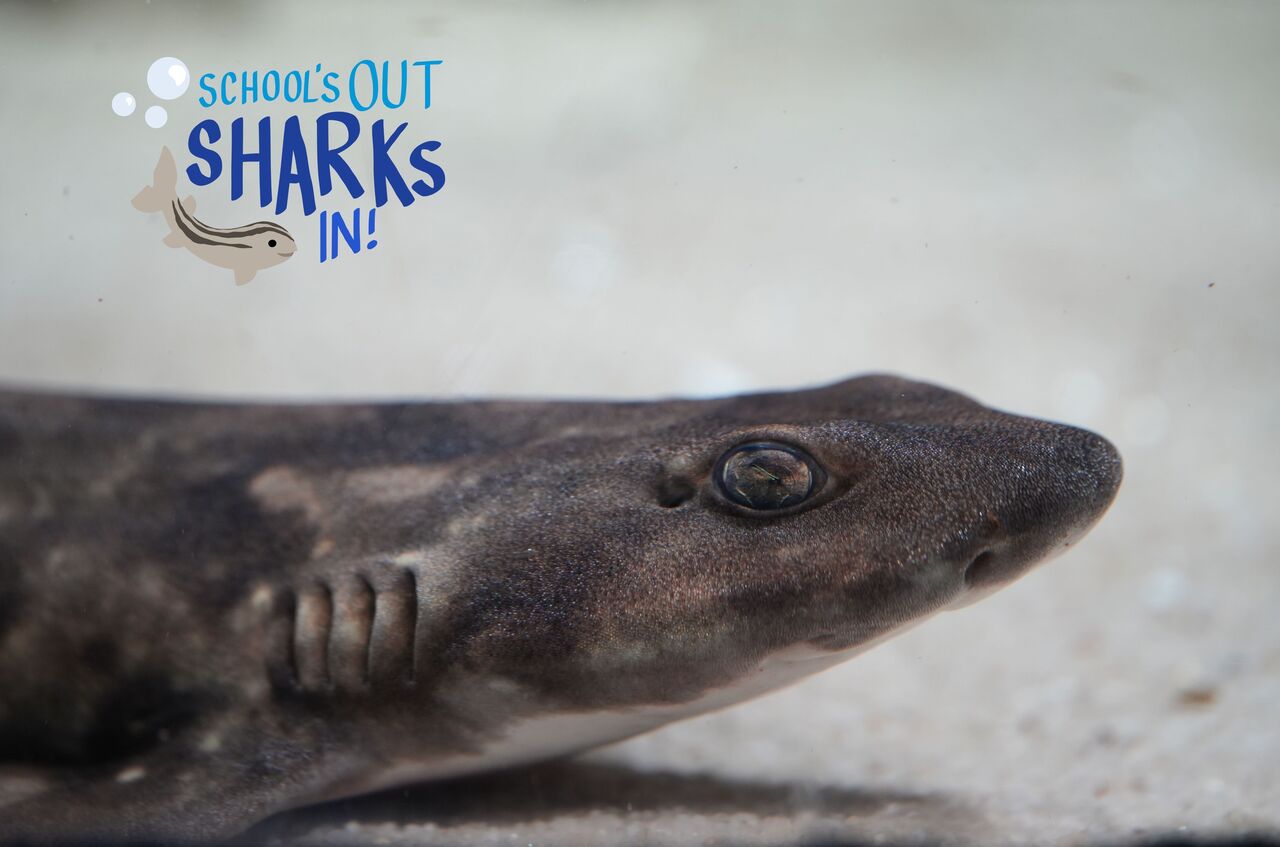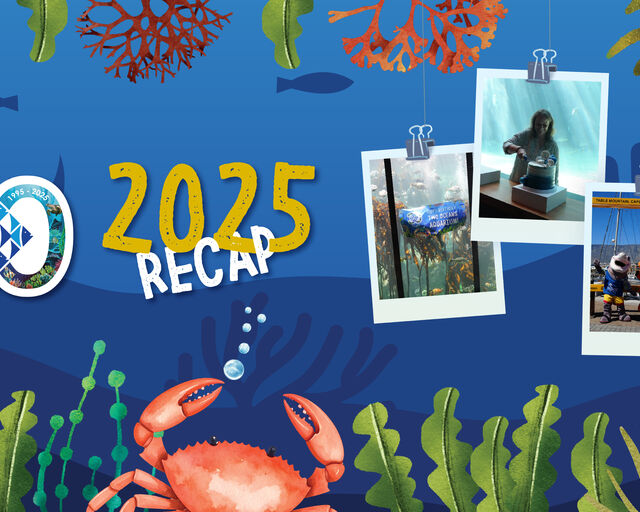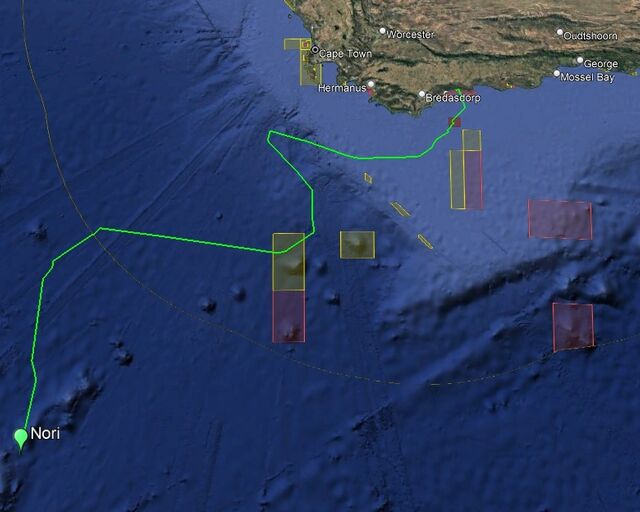This school holiday, school’s out and sharks are in: We’re diving into the incredible sharks at the Two Oceans Aquarium – big and small.
The Aquarium is home to a remarkable variety of shark species, many of them found only in South African waters. From the iconic ragged-tooth sharks cruising through the Save Our Seas Foundation Shark Exhibit to the elusive puffadder shysharks in the Cold Reef Exhibit, visitors are offered a glimpse into the complexity and beauty of these misunderstood animals.
Today, we’re learning all about shysharks.
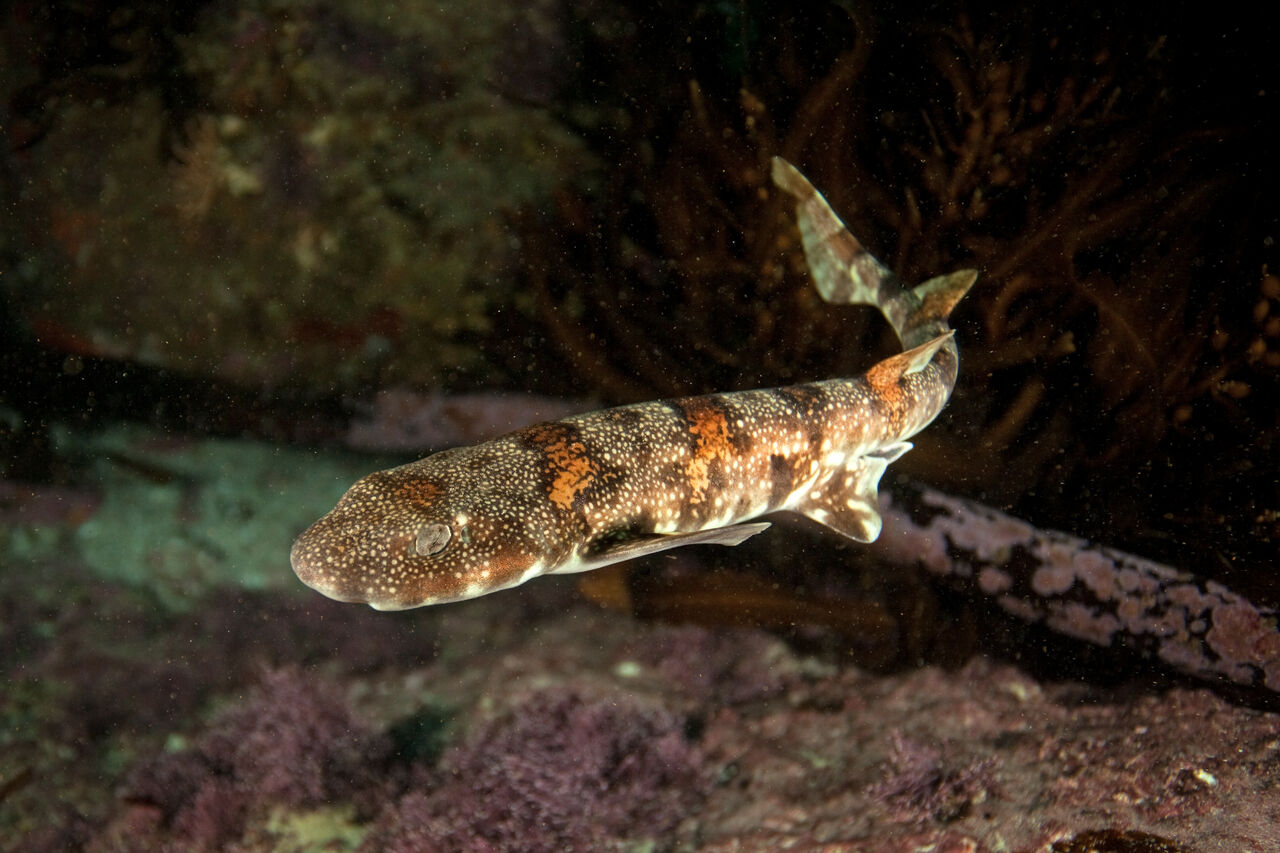
What are shysharks?
Shysharks are widely distributed across the world’s oceans, known for their reclusive behaviour and adorable nature.
One of the contributing factors to the shysharks’ name is their unique defence mechanism: When threatened, they curl themselves into a doughnut shape with their tail fin on top of their head. This shape protects their eyes and makes it more awkward for a predator to attack.
Shysharks are oviparous, which means they lay eggs that attach to reef structures with spindly tendrils. These egg cases, often referred to as “mermaid’s purses”, can be found on beaches once the baby shark has hatched.
These little sharks live in the rocky reefs, kelp forests, and sandy substrates, where the shallow waters and crevices help them to hide from predators. These areas are also rich in shysharks’ favourite food – crustaceans, bony fish, and marine worms. Their teeth are specially adapted for grasping small prey!
How many types of shyshark are there?
There are four species of shyshark within their genus, Haploblepharus: Puffadder, brown, Natal, and dark shysharks. Aside from the dark shyshark, whose range extends to Namibia, all of these species are endemic to South Africa, meaning they live nowhere else on Earth.
While they all look rather similar, the shyshark species can be differentiated by their patterning and the shape of their heads. For example, the puffadder shyshark is named for its beautiful, mottled pattern, which resembles that of the puffadder snake.
Endearingly, each of the four species has been given a nickname derived from its scientific name. The puffadder shyshark (Haploblepharus edwardsii) is known as “Happy Eddie”, the brown shyshark (Haploblepharus fuscus) is “Plain Happy”, the Natal shyshark (Haploblepharus kistnasamyi) is “Happy Chappie”, and the dark shyshark (Haploblepharus pictus) is “Pretty Happy”.
They glow in the dark!
One of the most fascinating parts about shysharks is that many of them have a special green fluorescent protein in their skin that makes them glow in the dark! This is called biofluorescence – a process where shysharks absorb the ocean’s blue light and emit it as a greenish glow.
Scientists believe that this shining ability helps male and female shysharks to communicate and find potential mates. Some of the fluorescent molecules may even have antimicrobial properties that protect the sharks from harmful bacteria.
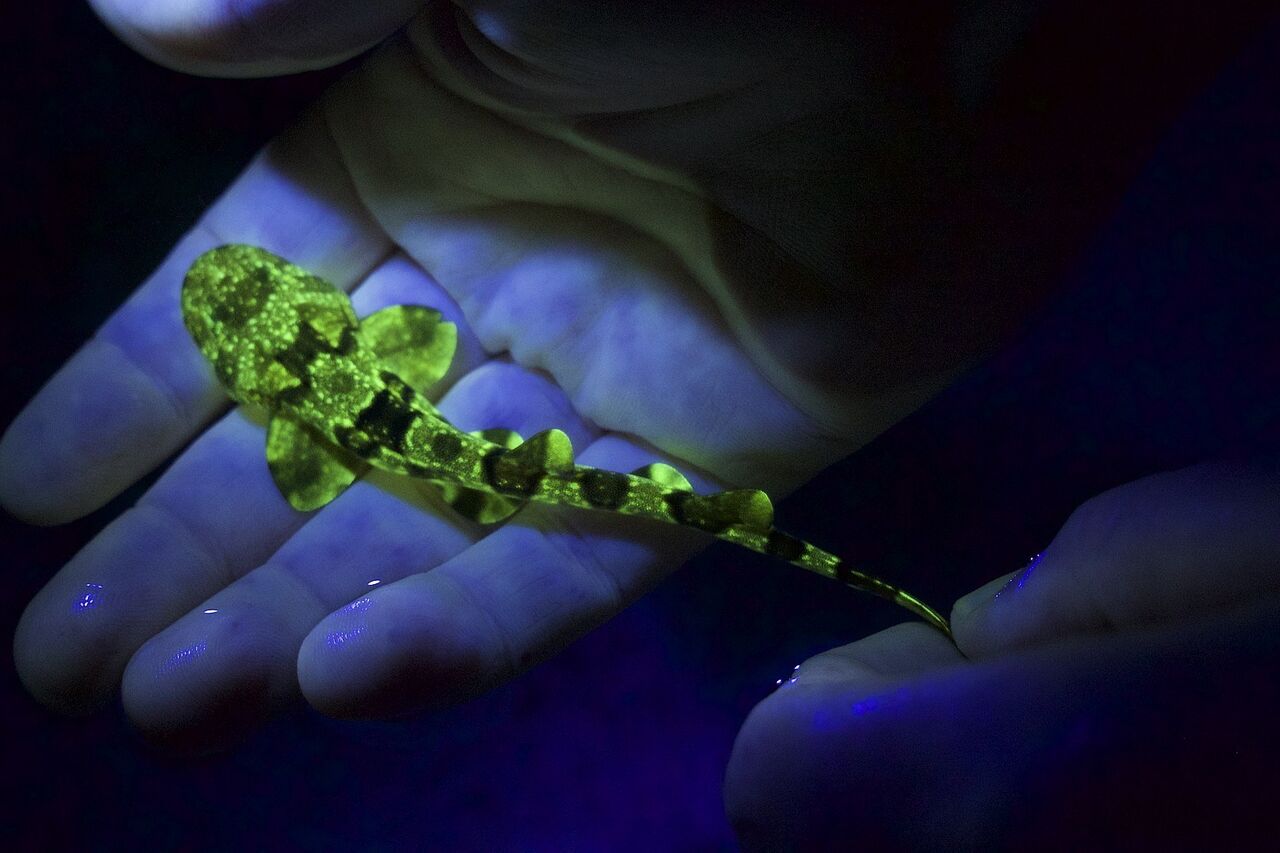
Are they endangered?
Of the four South African shyshark species, three are listed as vulnerable or endangered on the IUCN’s Red List of Threatened Species. The dark shyshark has reasons to be “pretty happy” as it is listed as least concern.
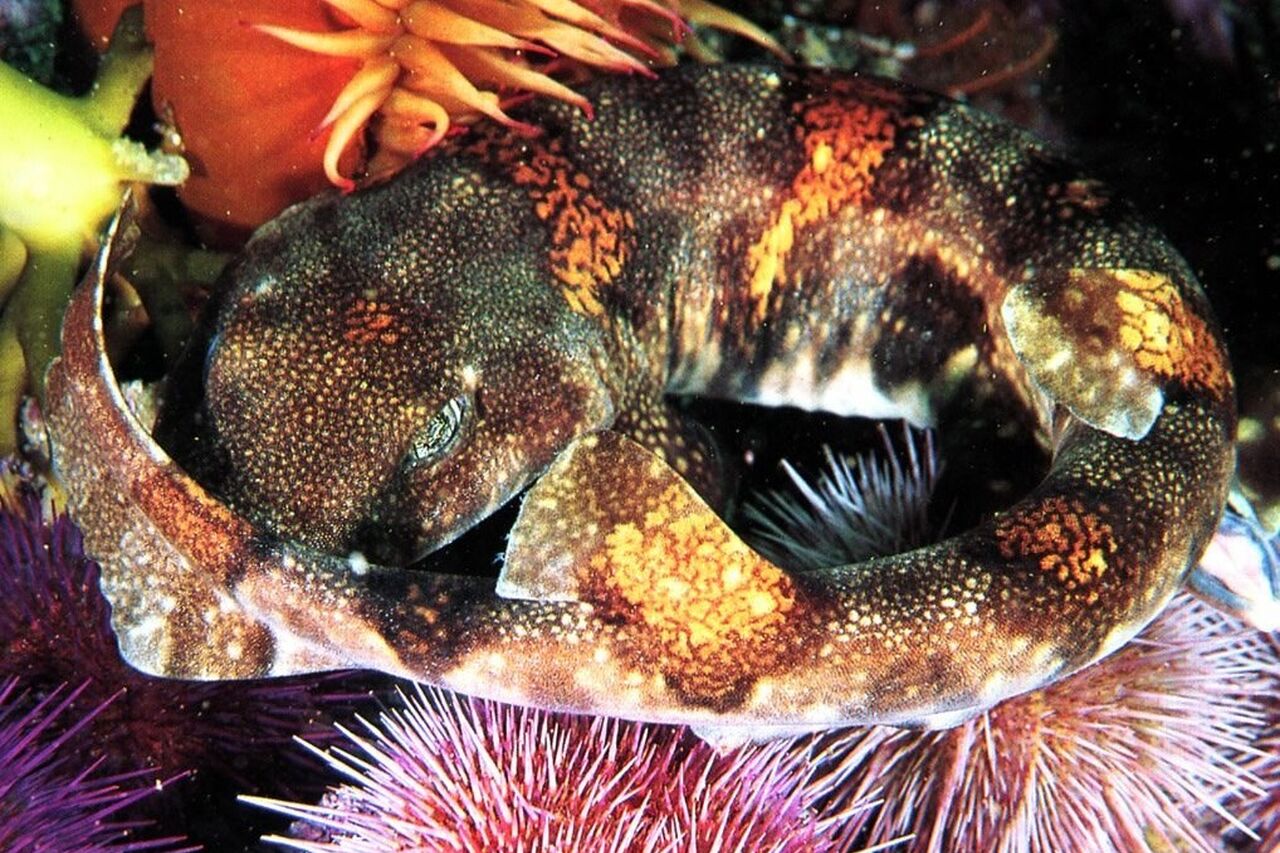
All shysharks are vulnerable to being caught as bycatch by trawl, commercial, and recreational fisheries. Unfortunately, they are also commonly regarded as bait-stealing pests and are often killed rather than released after being mistakenly caught. Shysharks are also frequent victims of ghost fishing gear, as their favourite hiding spots are prone to snagging fishing nets and lines.
Aside from their IUCN status, shysharks’ slow growth rate also leaves them vulnerable. They only reach sexual maturity at the age of seven, meaning that they have seven years of avoiding predation and human hazards to get through before they can contribute to their population.
This school holiday, come visit the Two Oceans Aquarium and learn more about shysharks!
Related News
Sign up to our Newsletter
Receive monthly news, online courses and conservation programmes.
